Onboarding Clients: What It Is and Why It's Important
What is Client Onboarding?
Client onboarding is the process of guiding a new client through the steps of getting started with your business. It’s about making sure they understand your services, your expectations, and how you’ll work together. The goal is to help them feel comfortable and confident as they begin their journey with you.
Think of it like setting up a new game. Before playing, you want to explain the rules so everyone knows how to play. Client onboarding is your way of explaining the rules of working together.
Why is Client Onboarding Important?
Creates a Positive First Impression
First impressions matter! When you onboard clients well, it shows them that you care about their success. A smooth onboarding process helps build trust, making the client feel valued from the start.
Improves Communication
Onboarding helps set clear expectations. Both you and your client will know what to expect from each other. This clear communication can prevent misunderstandings down the road.
Increases Client Satisfaction
When clients understand your services and how things work, they are more likely to be happy with your work. A great onboarding experience leads to happy clients who are more likely to stay with you for a long time.
Saves Time and Effort Later
Good onboarding means fewer questions and problems in the future. It sets a foundation where the client knows what to do and what not to do, which saves time for both sides.
Best Practices for Onboarding Clients
Now that you know why client onboarding is important, let’s talk about how to do it right. Here are some simple best practices:
Have a Clear Process
Make sure you have a step-by-step plan for onboarding new clients. This will help ensure you don’t miss anything important. Your process might include steps like introducing your team, explaining your services, setting expectations, and giving them all the tools they need to work with you.
Make it Personal
Even though it’s a process, make it personal. Take the time to understand your client’s needs and goals. Show them that you care about their success. Personalizing your approach makes the experience feel special.
Set Clear Expectations
It’s important to explain what will happen next. Let your client know what you need from them and what they can expect from you. Setting expectations will help avoid surprises and keep both sides happy.
Provide Resources
During onboarding, give your clients helpful resources like guides, videos, or FAQs. This can make it easier for them to understand how to use your services or platform, reducing confusion.
Stay Available for Questions
Be open to answering questions. Clients may have a lot of questions when they’re getting started, and you want to be there to help them. Having an open line of communication helps build trust and makes clients feel comfortable.
Get Feedback
After the onboarding process, ask your client how everything went. Getting feedback helps you improve your process for future clients. Plus, it shows your clients that you care about their experience.
Do You Really Need Client Onboarding?
You might be wondering, “Do I really need onboarding for every client?” The answer is yes, especially if you want long-term success. While it might seem like an extra step, onboarding helps to make sure your clients are happy and know what to expect from your services. Without it, you risk confusion, frustration, and even losing clients.
Even if you’re a small business, a simple onboarding process can make a huge difference. It shows professionalism, builds strong relationships, and helps you stand out from your competitors.
The Benefits of a Smooth Onboarding Process
A smooth onboarding process brings many benefits to your business:
Higher Client Satisfaction
Clients who understand your services and feel supported are more likely to be satisfied with your work. This can lead to more repeat business and referrals.
Better Communication
Onboarding helps establish clear communication from the start. This reduces misunderstandings and ensures you’re on the same page with your clients.
Increased Efficiency
With a clear process in place, both you and your client will be able to get to work quickly. This means you can get started on your projects without unnecessary delays.
Stronger Long-Term Relationships
When clients feel well taken care of, they’re more likely to stay with your company for a long time. Good onboarding sets the stage for a long-lasting relationship.
How to Know If Your Onboarding Is Working
You can tell if your onboarding process is working by paying attention to a few things:
Are clients asking fewer questions about how your services work?
Are they satisfied with their experience during the onboarding process?
Are they staying with your company for the long term?
If you answered yes to these questions, then your onboarding process is likely doing its job!
Client onboarding may seem like a simple task, but it’s actually a key part of building a strong and lasting relationship with your clients. By setting clear expectations, communicating effectively, and making the process as easy as possible, you set both yourself and your clients up for success.
At Online Market Experts (OME), we specialize in providing the right talent to meet your business needs. Whether you’re looking for help with client onboarding or need support in another area, our team is here to make your work easier. Contact us today to learn more about how we can help your business grow!
